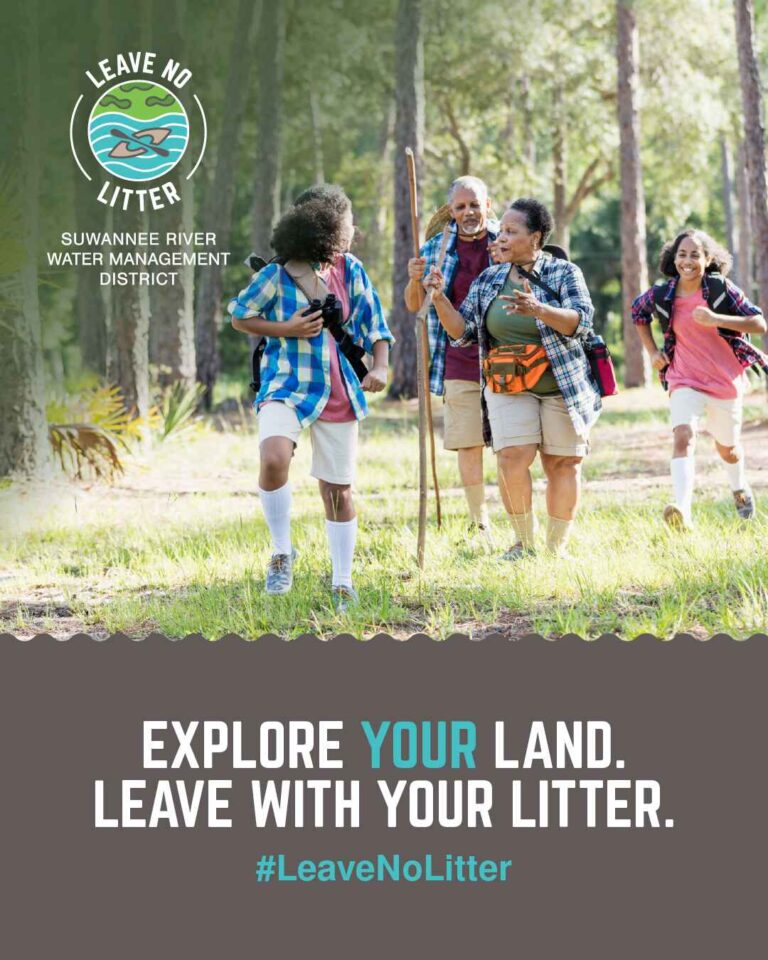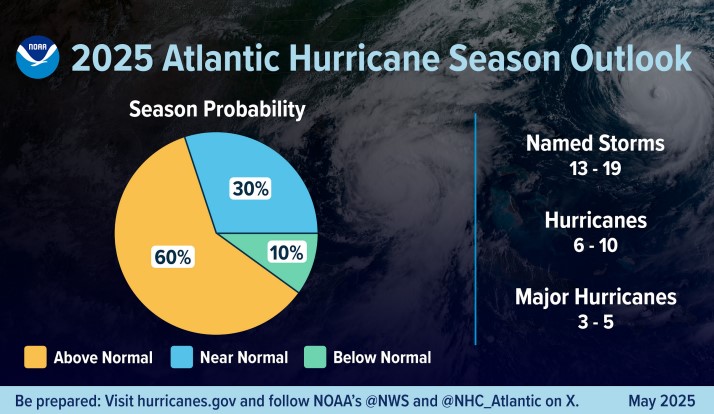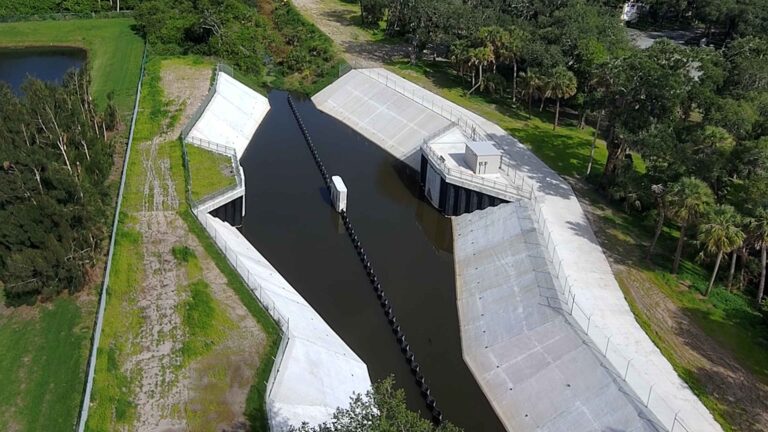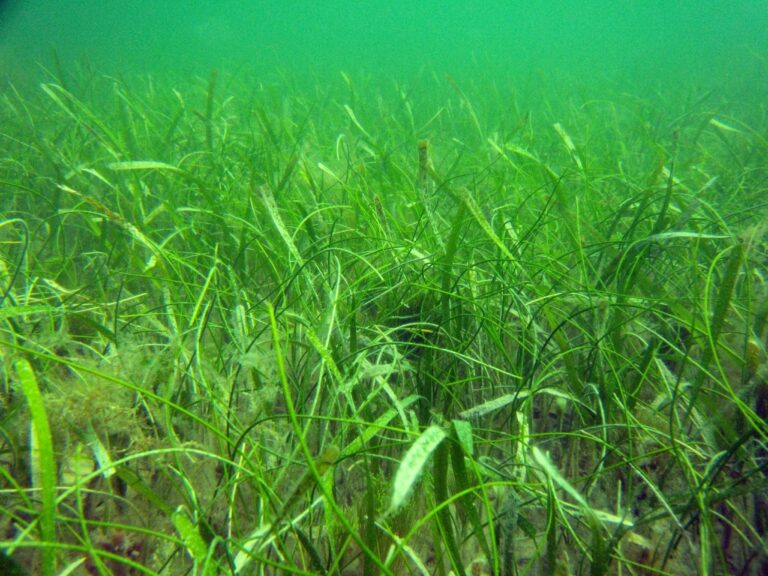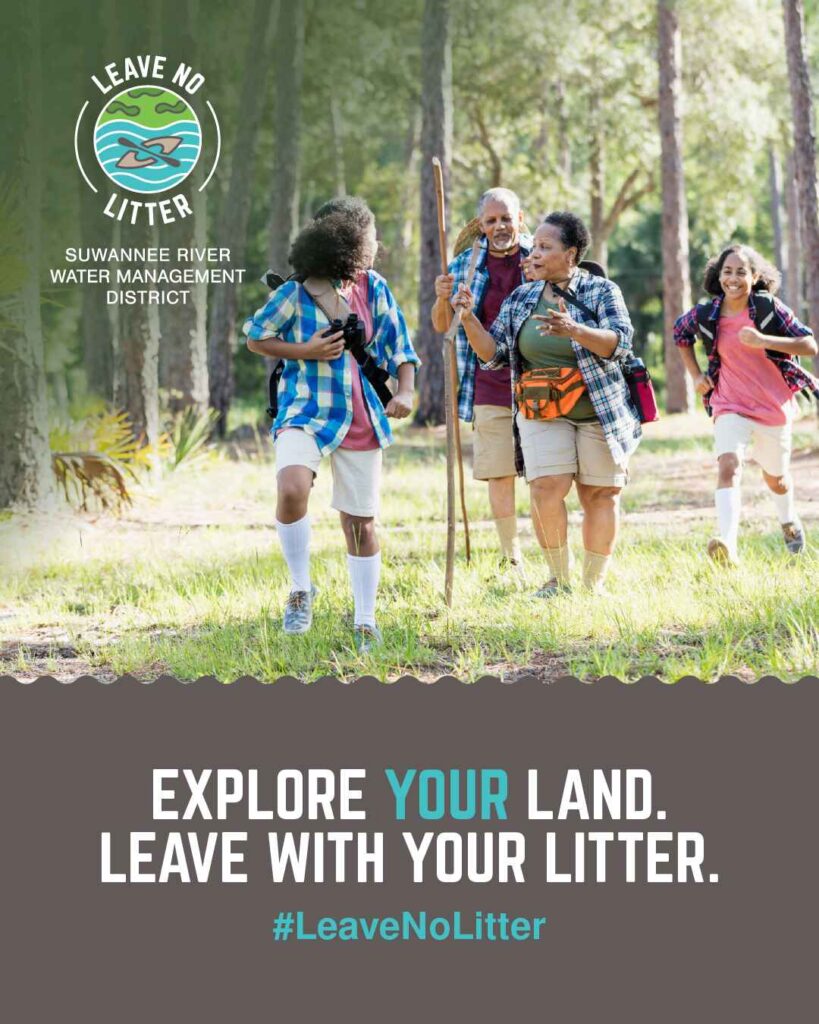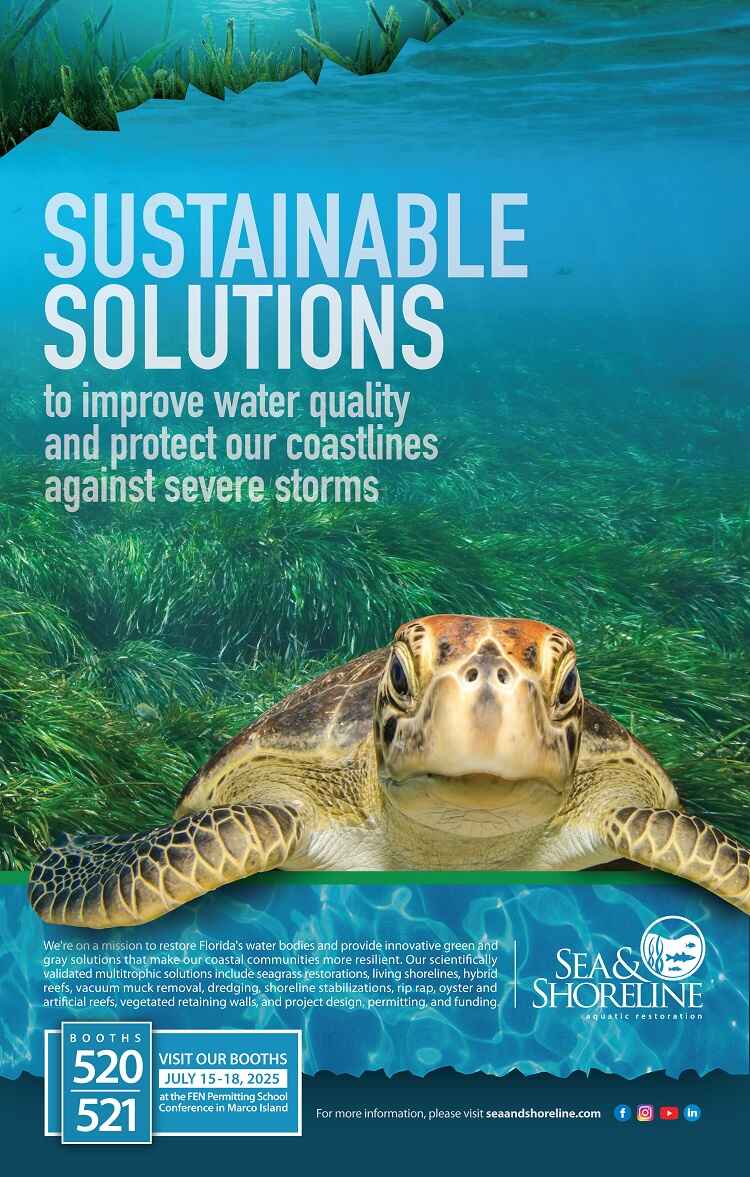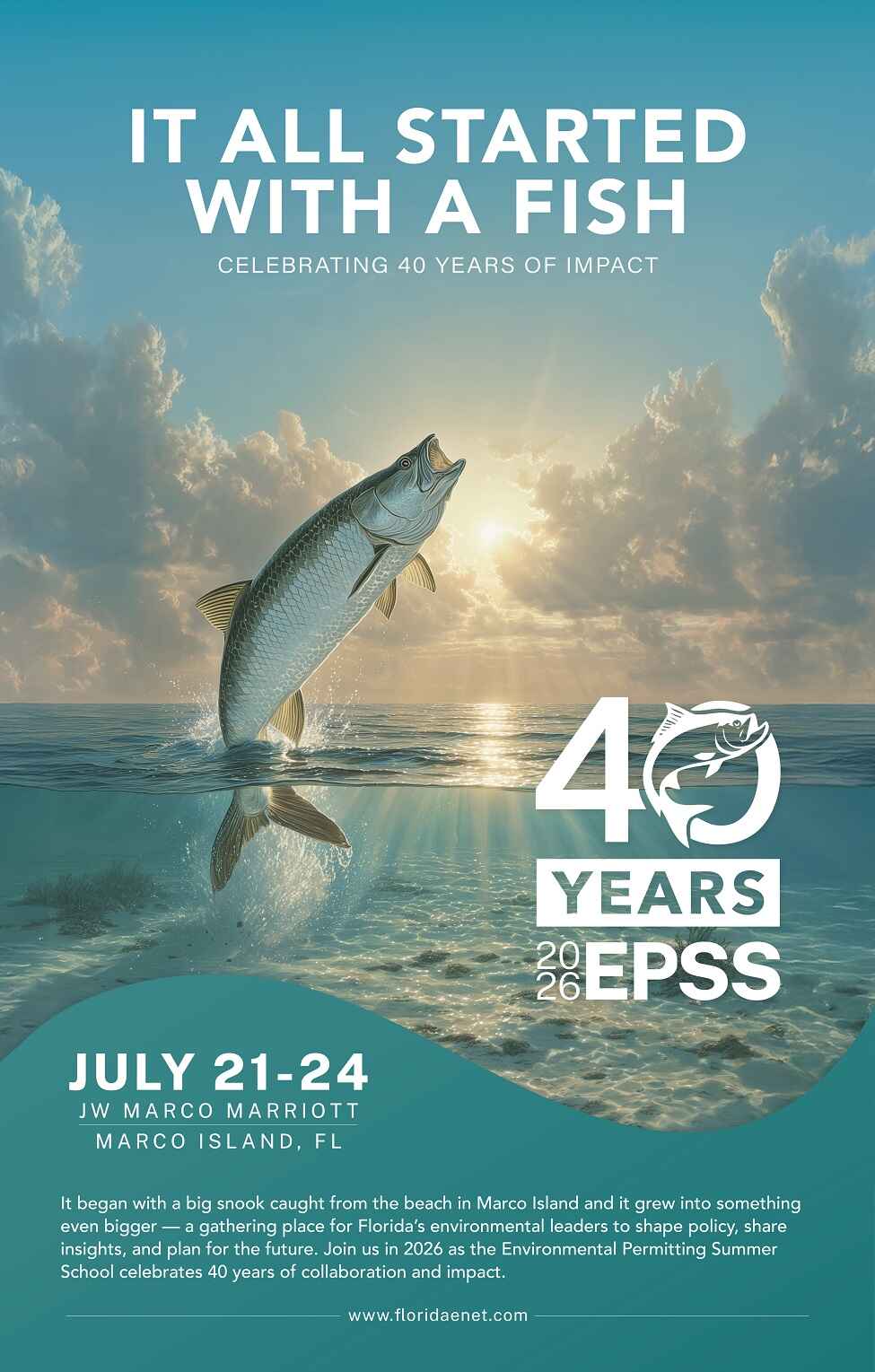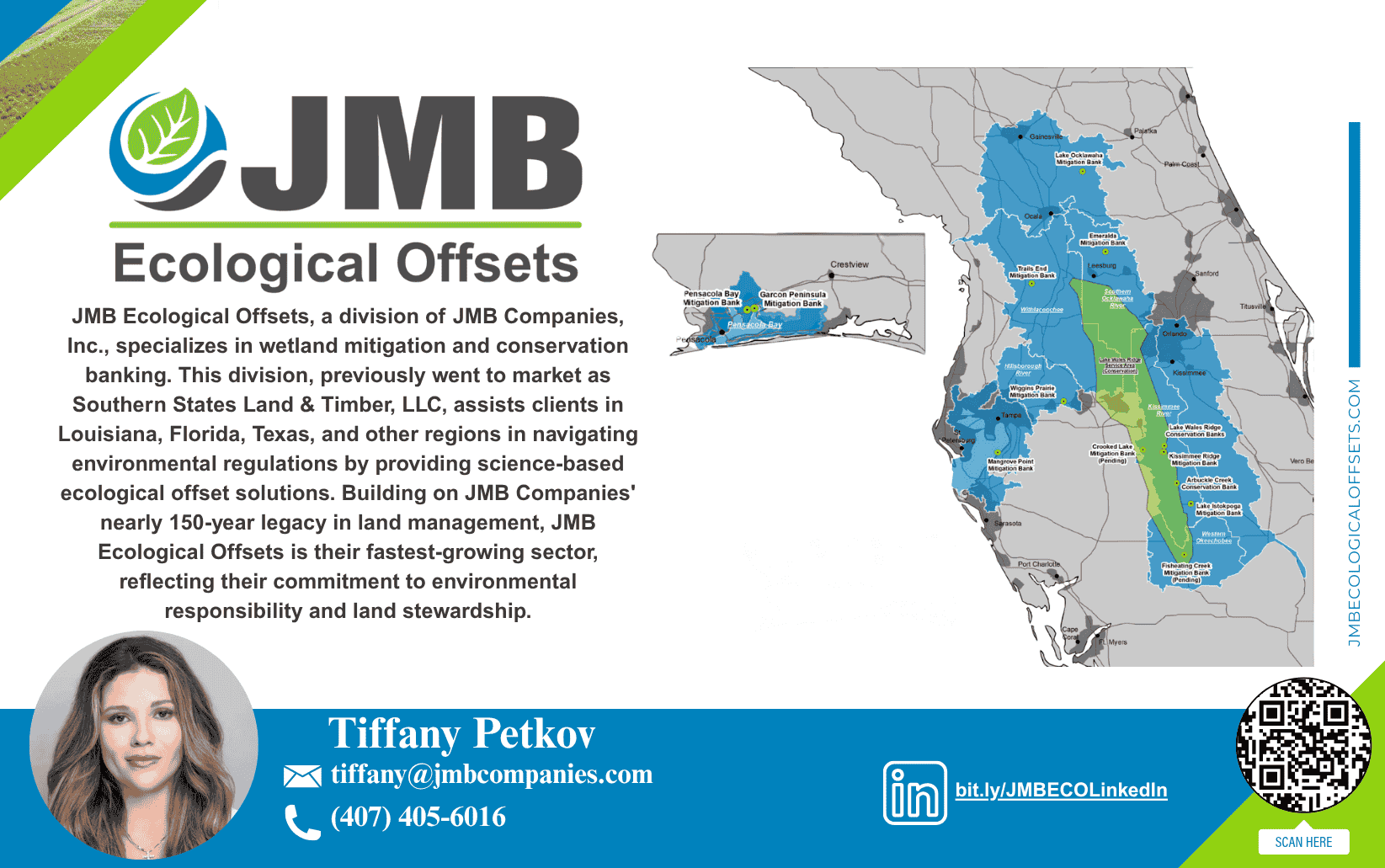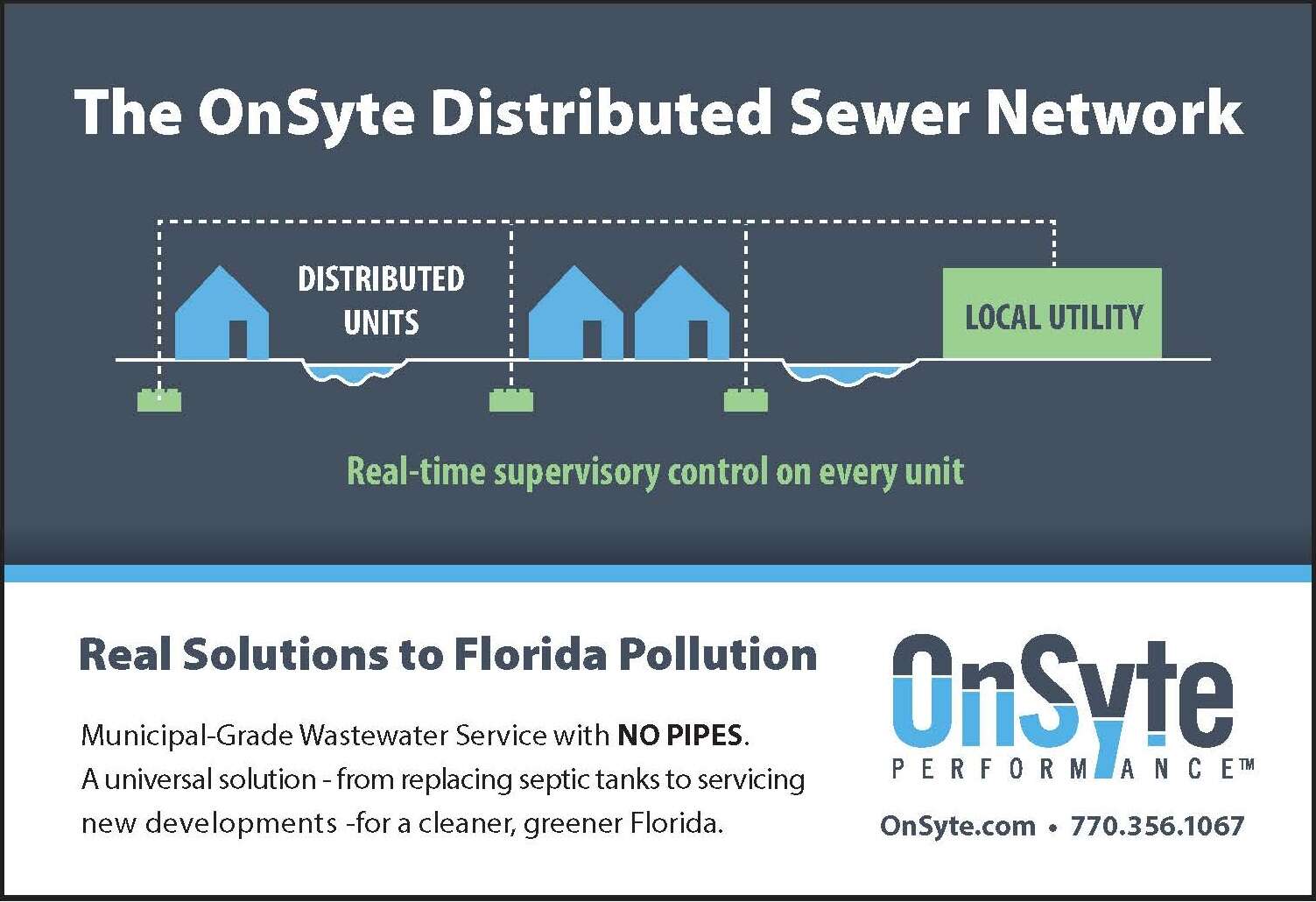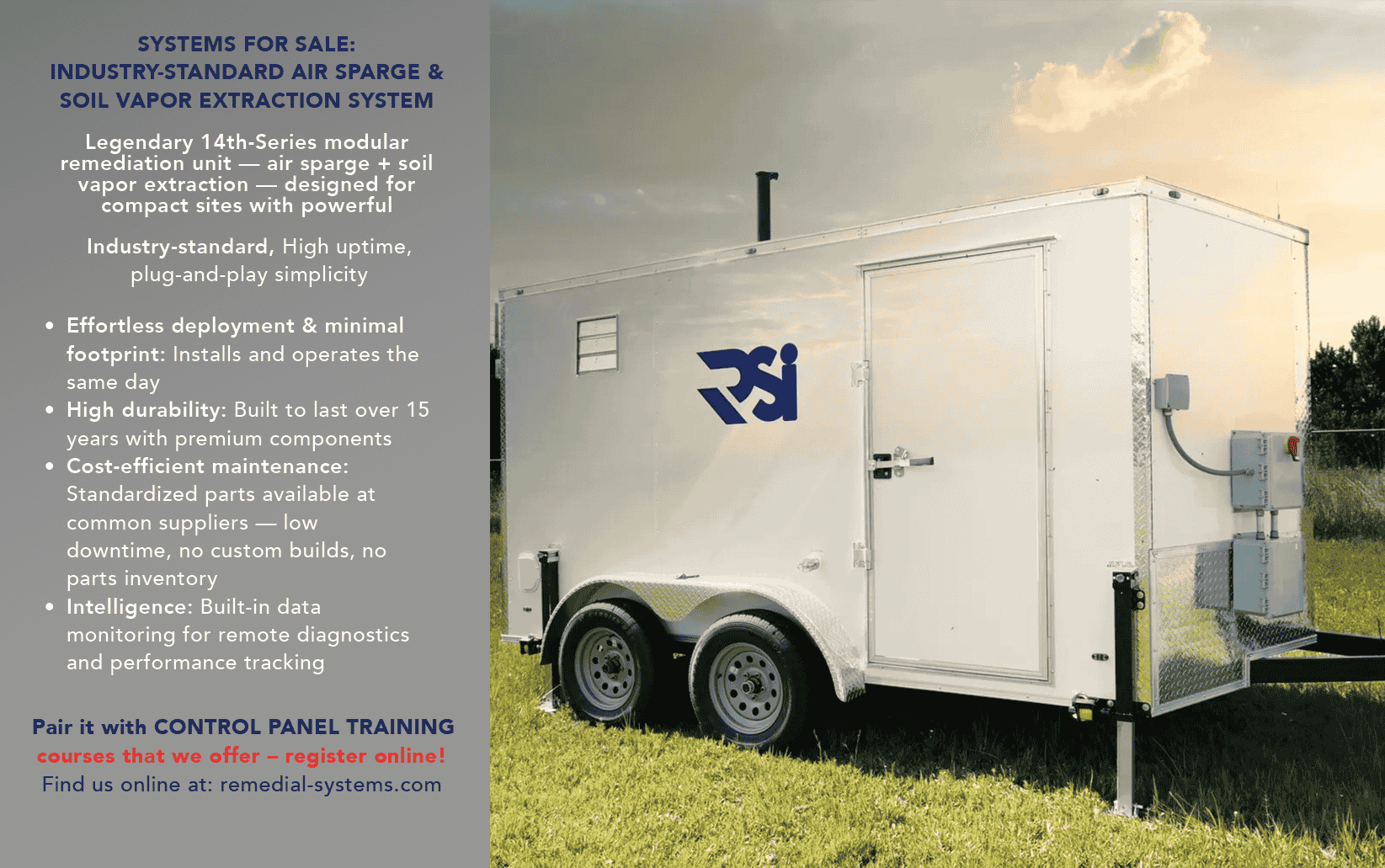
UF lands $7.5 million grant to map treacherous tidal mudflats for faster rescues, military missions
Every year, emergency crews and even trained military teams risk getting stuck — or worse — while crossing vast, muddy coastal areas known as tidal mudflats. In places like Anchorage, Alaska, the mud can trap people so deeply that rescues are nearly impossible. These environments are unpredictable, dangerous and largely unmapped.
Now, a team led by University of Florida civil and coastal engineering professor Nina Stark is launching a $7.5 million research project to help change that. Funded by the Office of Naval Research, the project brings together experts from five universities across the U.S. using satellite imagery, field sensors and hovercraft technology to map which areas are safe to walk, drive or boat across, and when.
The goal is to support faster, safer military operations and emergency rescues while deepening scientists’ understanding of these shifting, muddy landscapes across the U.S. coastline.
“A vital piece of this research is measuring the geomechanical properties of muddy tidal flats — such as their hardness or softness, and how they change over time and space,” Stark explained. “This will help us map out the safe navigation of these areas, which has been a major challenge for research, recreational, commercial and military activities.”
Tidal mudflats pose serious risks, as people can get stuck or sometimes die trying to cross them. Researchers will be working in different latitudes, from warm to cold regions, to understand how conditions vary.
North Florida Land Trust and partners have preserved more than 385 acres in Putnam County
North Florida Land Trust (NFLT) and the Florida Department of Environmental Protection (FDEP) have worked together to preserve over 385 acres in Putnam County. The organizations collaborated to purchase a conservation easement on family-owned property adjacent to the Etoniah/Cross Florida Greenway and near Orange Springs. It connects existing conservation lands within the Ocala to Osceola (O2O) critical wildlife corridor.
FDEP purchased the conservation easement from the O’Connor family for $850,000 with funding from the Florida Forever program. This was the second time NFLT facilitated a conservation easement purchase from the family in coordination with FDEP. Approximately one year ago, an 855.35-acre conservation easement was purchased from the O’Connors on property east of this location and within the O2O, also through the Florida Forever program.
“It was a pleasure working with the O’Connor family once again to ensure their land is protected from the threat of development and will remain natural forever. It is now or never,” said Allison DeFoor, president and CEO of NFLT. “We brought the property to the attention of FDEP, who helped make the preservation possible. This is another example of a willing landowner, a nonprofit, and a government entity working together to preserve a piece of old Florida for generations to enjoy.”




